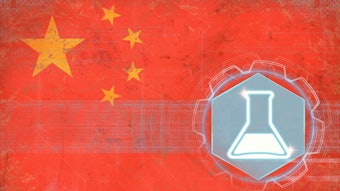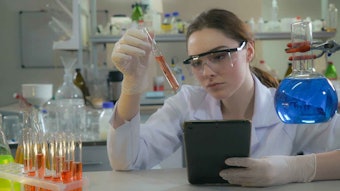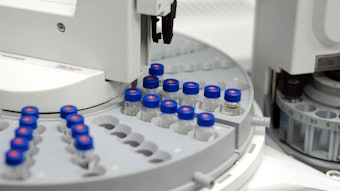Cosmetic manufacturers need to quantify the visual appearance of their products objectively and accurately to study skin and hair, to improve the performance, quality and the reproducibility of cosmetic products, and to substantiate their claims. In vivo non-contact testing provides the most meaningful results since it is carried out in realistic conditions directly on a model. For this article, in vivo gloss measurements were conducted on commercially available hair and skin products.
Color and gloss are two important parameters that define the visual appearance of an object. To simply explain the physics of the light-scattering phenomena, let’s consider the case of a planar object illuminated by an incident light coming from one direction (see Figure 1). The outgoing scattered light can be divided into different categories.
Mirror-like reflected light or specular reflection: A portion of light is optically reflected by the surface of the object at a symmetrical angle (mirror-like reflection at specular angle) just like a bouncing ball. Specular light does not usually penetrate the object, so in most cases it does not carry any information related to the color pigment. Thus, the color of the specular light is related to the color of the illumination. Indeed, one can easily observe a white reflection when looking at an object from the specular angle. Artists call it a highlight, to scientists it’s a specular reflection or surface scattering, and cosmeticians term it gloss, shine or luster.
Volume scattering: A portion of light penetrates inside the object and is scattered/absorbed by the color pigments. The volume-scattered light that is not fully absorbed leaves the object carrying the color information of the pigments. Indeed, when viewing an object from an angle other than the specular angle, one can observe the color of the object. Volume-scattered light is also called diffused light.
Surface scattering: Finally, a portion of light is scattered at the surface of the object because of the presence of surface defects. The surface-scattered light carries the information of surface quality and surface defects. It is of particular importance for the analysis of metallic surfaces, when there is no volume- scattered light.










